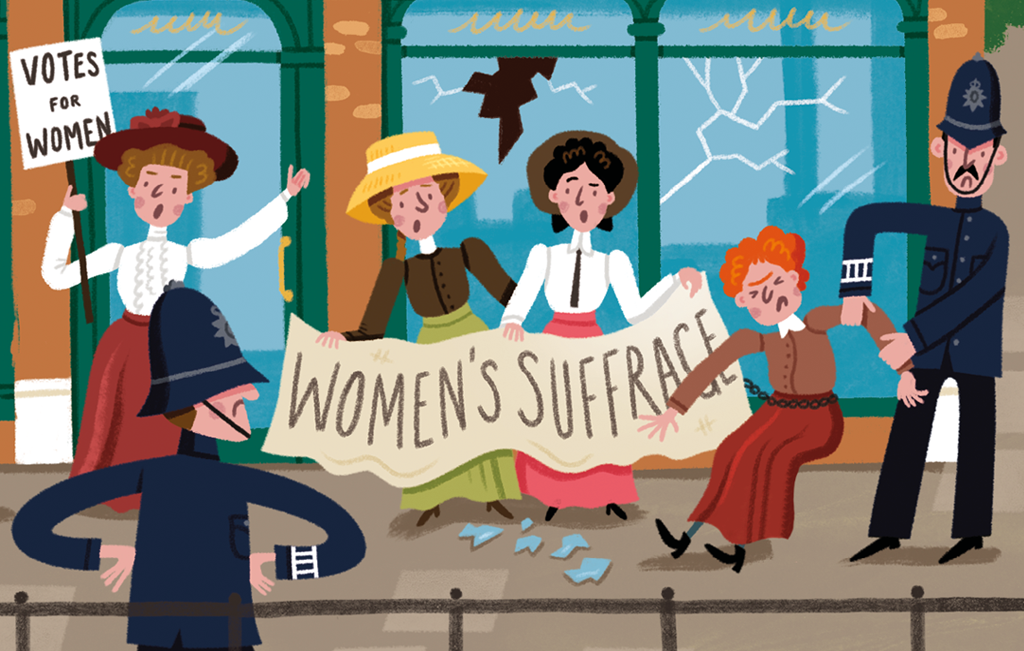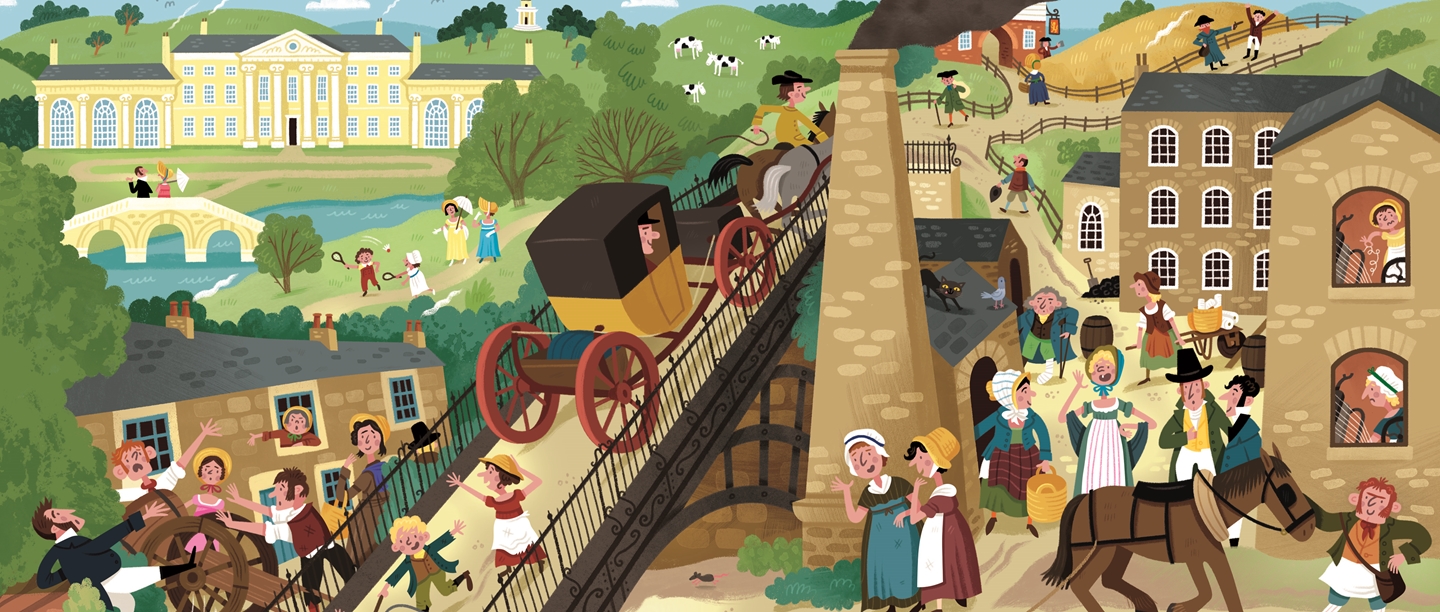
Timeline of England's History
Explore 500,000 years of the past with our expandable timeline, taking you on a whistlestop tour through some of the most famous moments in England's story. You'll meet emperors and conquerors, hear tales of fire and famine, discover inventors and adventurers, unearth prehistoric bones and come face to face with kings and queens.
Timeline of English History
500,000 BC Prehistory
‘Boxgrove man’, a six-foot tall man of the species Homo heidelbergensis, is alive at this time.
13,000 BC Prehistory: The Paleolithic, or Old Stone Age
Palaeolithic hunter-gatherers carve images of animals onto the walls of caves at Creswell Crags in Derbyshire.
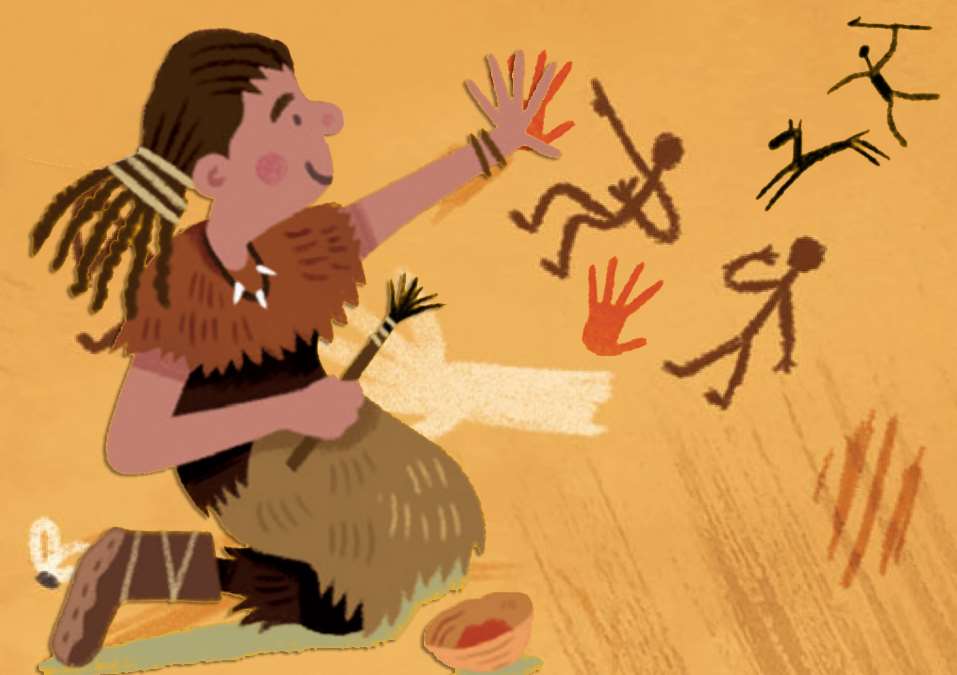
9500 BC Prehistory: The Mesolithic, or Middle Stone Age
The last ice age ends, and Britain is occupied continuously from this date onwards. At this time, Britain is still attached to Europe.
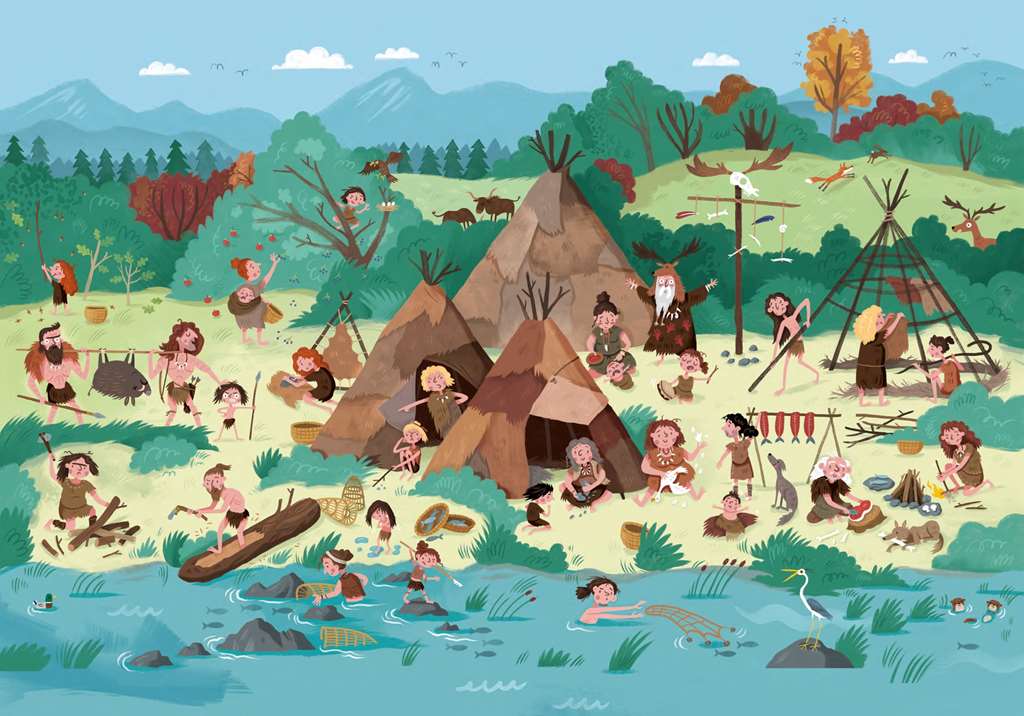
7600 BC
Britain’s oldest known house was built at Howick, Northumberland.
6000 BC
Sea levels rise and Britain becomes an island. The people who live here are still hunter-gatherers.
4000 BCThe Neolithic, or New Stone Age
The first farmers arrive in Britain by boat. They grow crops and raise animals like cattle and goats.
3700 BC
Early monuments including causewayed enclosures like Windmill Hill, and long barrows like Stoney Littleton are in use.
2500 BC
Elaborate and large monuments like Avebury henge, stone circles like the one at Stanton Drew and mounds like Silbury Hill are built.
2300 BCThe Bronze Age
People arriving from Europe bring with them the knowledge of how to make tools from copper and bronze, as well as new styles of pottery and ways of burying the dead.
2200 BC
The last major building works are completed at Stonehenge. People now bury their dead under round barrows, like the ones at Winterbourne Poor Lot and Flowerdown.
750 BCThe Iron Age
People begin to make their tools and weapons from iron and build hillforts as secure places during wars.
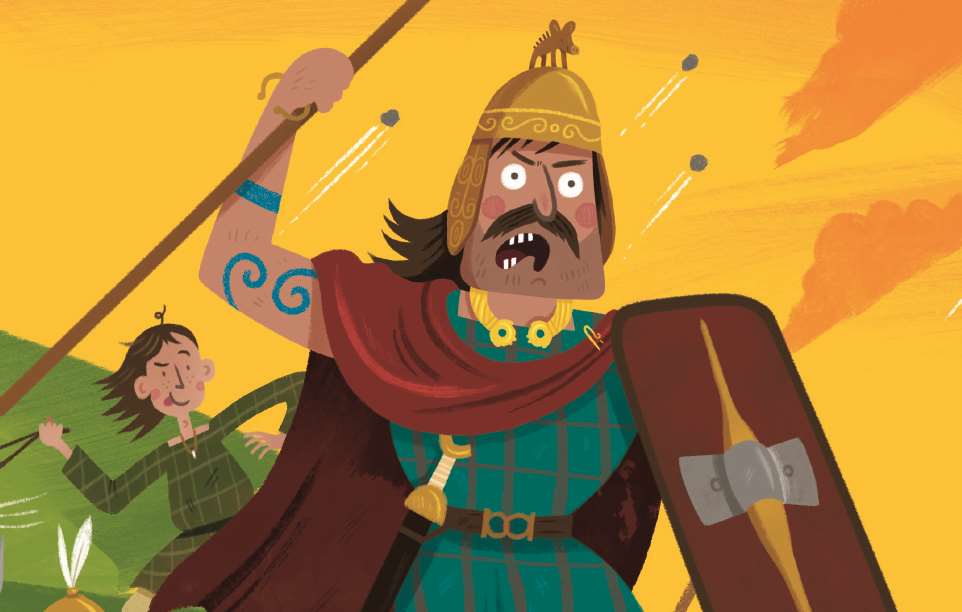
54 BC
Roman general Julius Caesar and his army briefly land in Britain. They defeat some British tribes but then leave to fight elsewhere.
AD 43The Roman Invasion
The Romans invade Britain again, and this time they stay, starting a new era in British history.
AD 51
Caratacus, chief of the British Catuvellauni tribe, is betrayed by Queen Cartimandua, Queen of the Brigantes, after they had been fighting the Romans together for years.
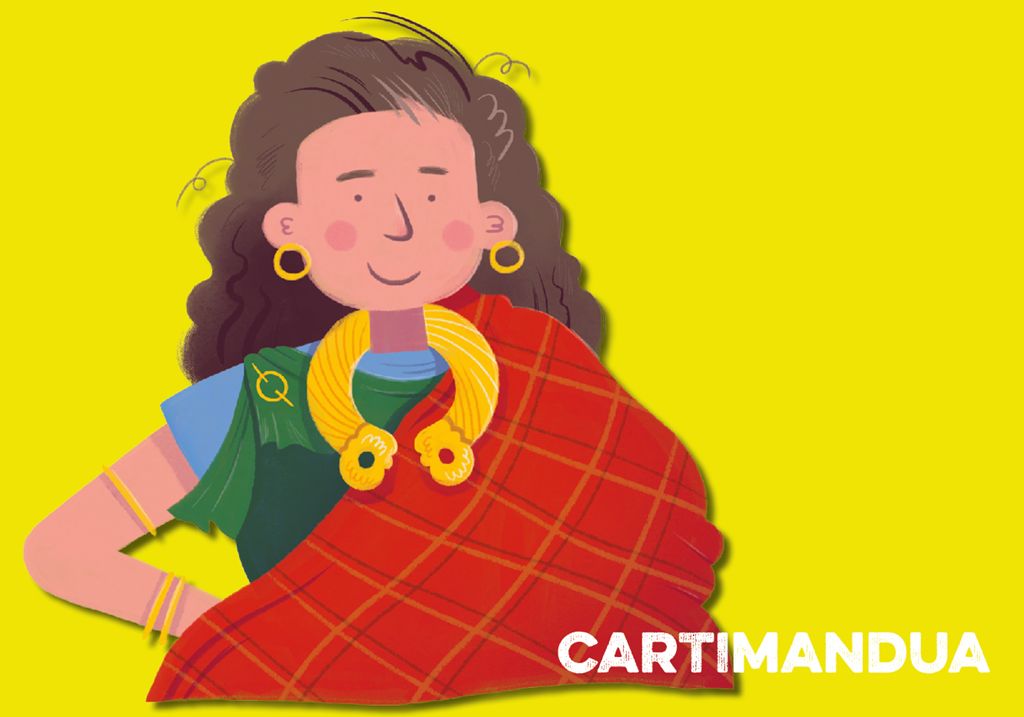
AD 60–61
Queen Boudicca of the Iceni tribe leads a rebellion against the Romans, which ends in defeat at the Battle of Watling Street.
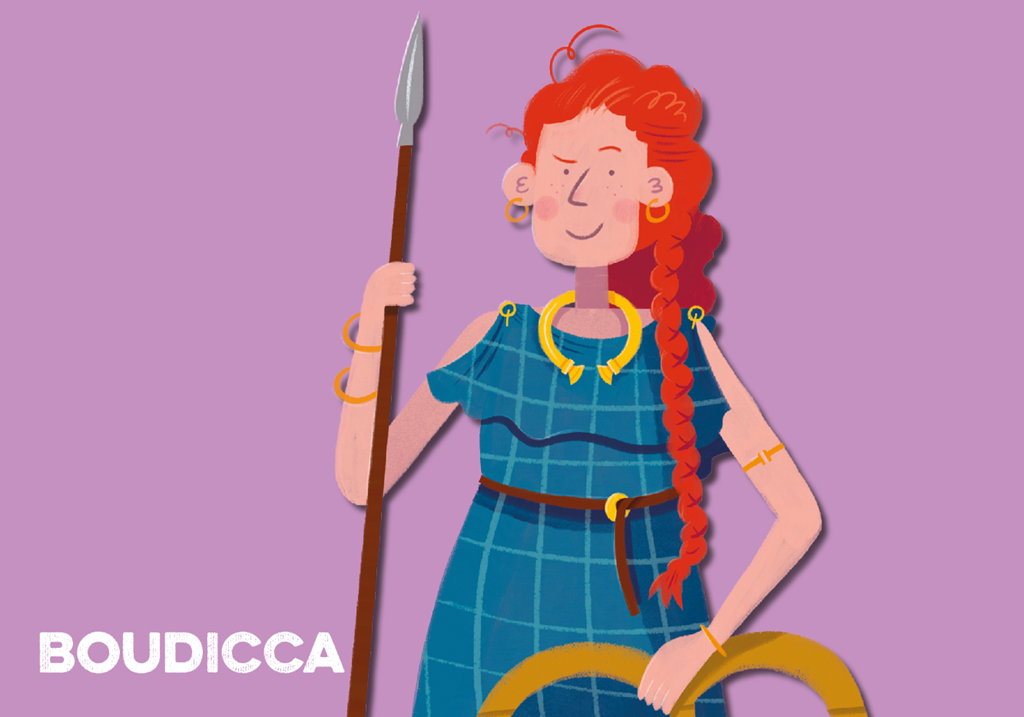
AD 77
Agricola, a Roman general, becomes governor of Britain. He decides to invade northern Britain.
AD 122
The Romans start to build Hadrian’s Wall, marking the northern edge of their empire.
AD 142
Construction starts on the Antonine Wall, in what is now Scotland, but it is later abandoned around AD 160.
AD 211
Around this time, Roman Britain is divided into two provinces - one in the north and one in the south.
AD 410
The Roman army leaves Britain to go and defend Rome, and the Romano-British are left to rule themselves. Tintagel was built around this time.
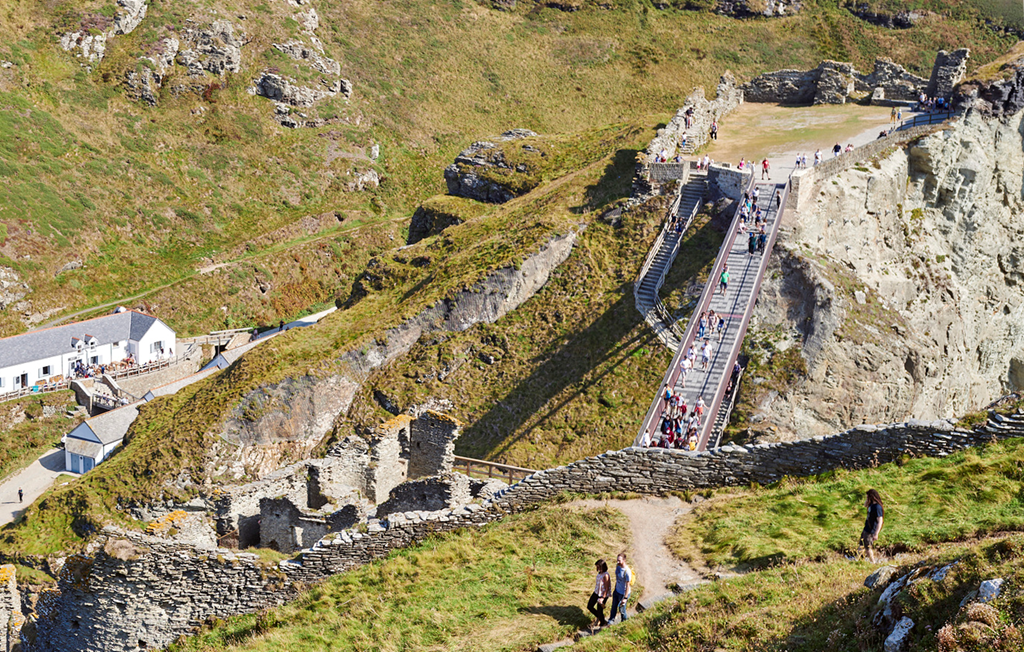
AD 449Anglo-Saxon England
According to legend, the brothers Hengist and Horsa land on the Kent coast to begin Anglo-Saxon settlement in England.
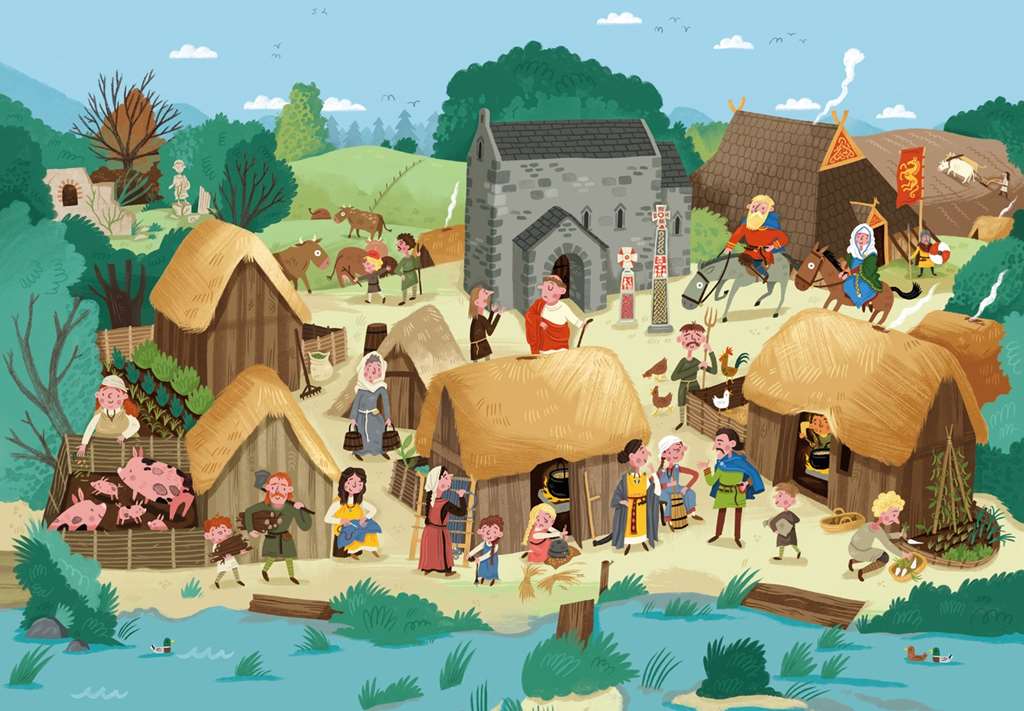
AD 597
Augustine arrives in Kent to begin converting the pagan Anglo-Saxons to Christianity.
AD 598
The first English monastery is created in Canterbury.
AD 664
whuiThe Synod of Whitby is held at Whitby Abbey, to decide who controls the English church, and set key religious festival dates.
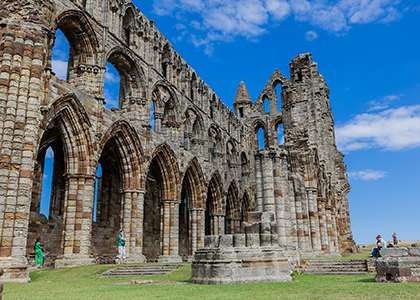
AD 680
The first abbess of Whitby Abbey, Hilda, passes away. She later becomes St Hilda.
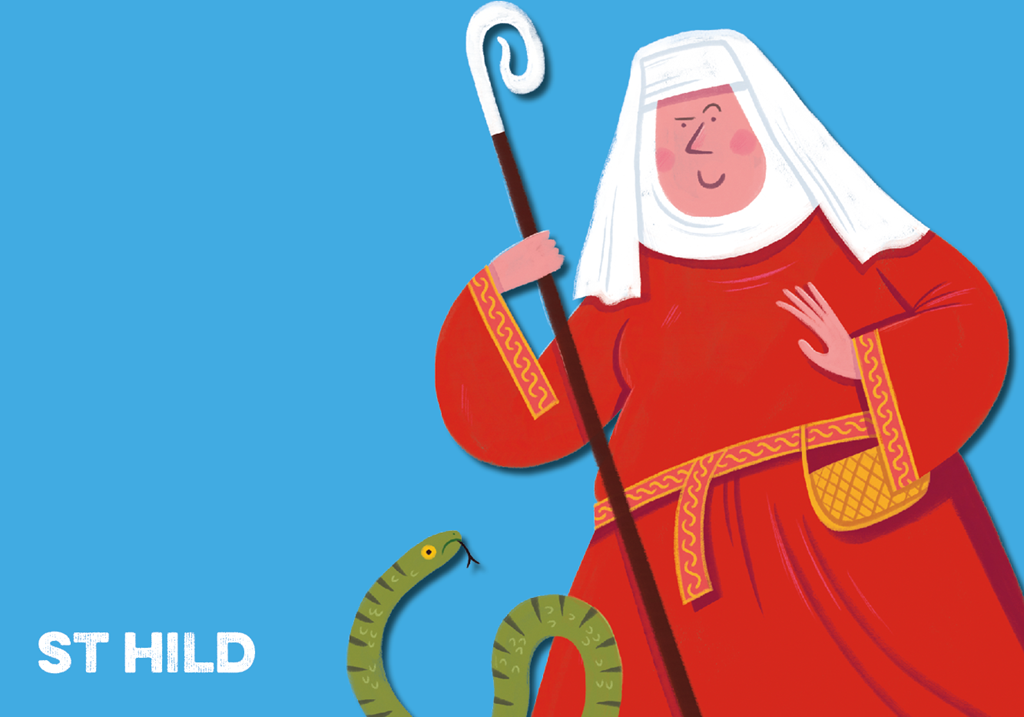
AD 757
Offa becomes King of Mercia, making him the most powerful English ruler.
AD 793
The monks of Lindisfarne Priory are killed by raiding Vikings from Scandinavia.
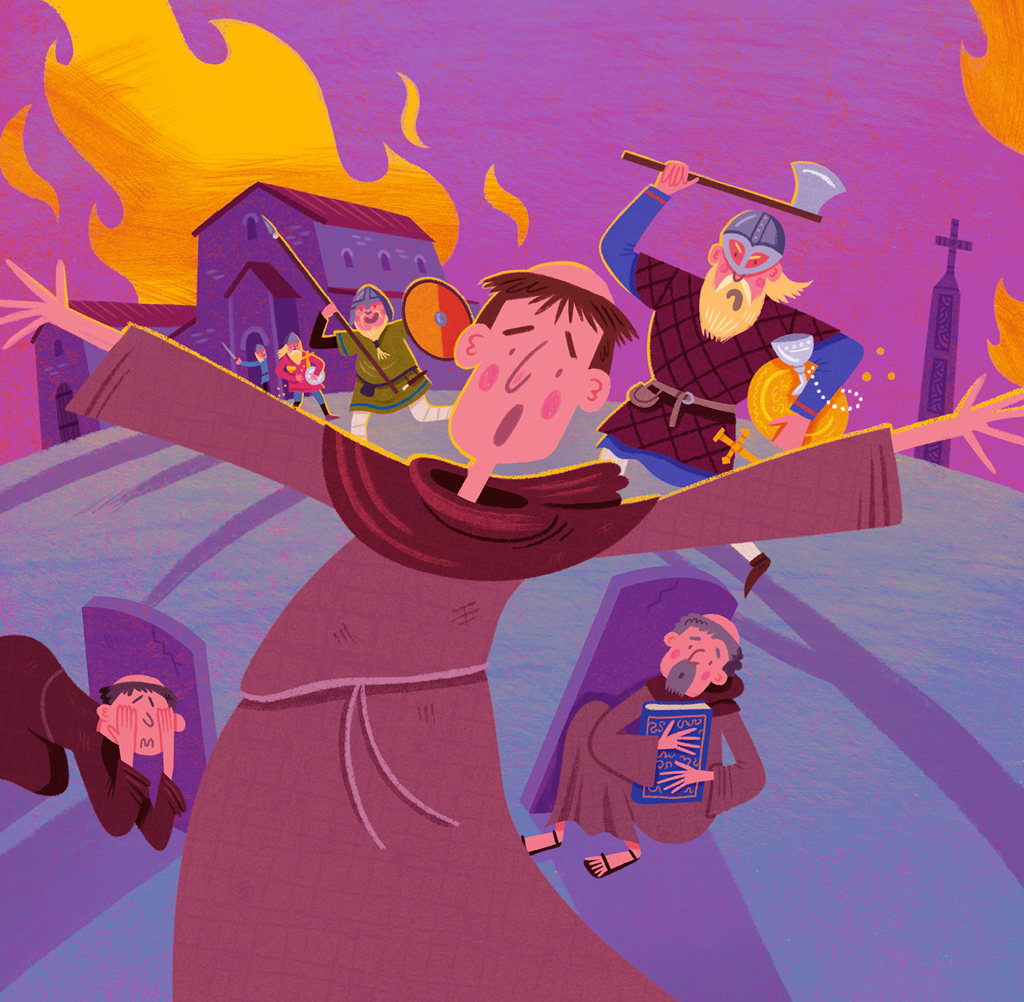
AD 865
A great Viking army lands in England and attempts to conquer it.
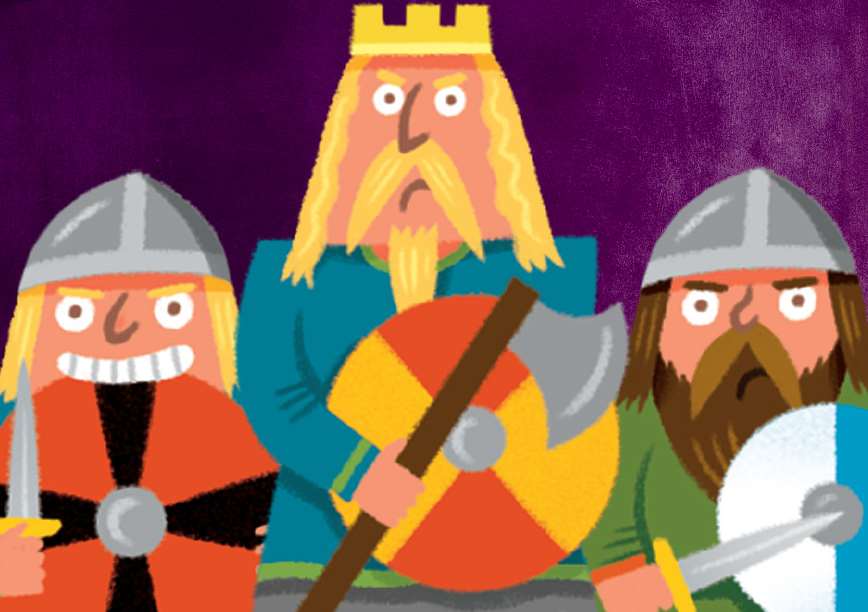
AD 878
Alfred the Great triumphs in the Battle of Edington against Viking invaders.
AD 927
Aethelstan conquers the Viking city of York and is crowned king of the English.
1016
The Danish prince Cnut successfully invades England and becomes the new king.
1042
Edward the Confessor becomes king after the death of his half-brother Harthacnut, passing English rule back to the Anglo-Saxons from the Danes.
September 1066
Harald Hardrada, King of Norway, claims the throne of England, but is defeated by King Harold at Stamford Bridge near York.
October 1066The Norman Conquest
Duke William of Normandy, claiming England for himself, crosses the English Channel with an army and defeats the forces of King Harold at the Battle of Hastings.
December 1066
William is crowned king of England on Christmas Day.
1068
Following a few rebellions, King William begins building castles to enforce his power.
1069
Work begins on the Bayeux Tapestry, which tells the tale of the Norman Conquest.
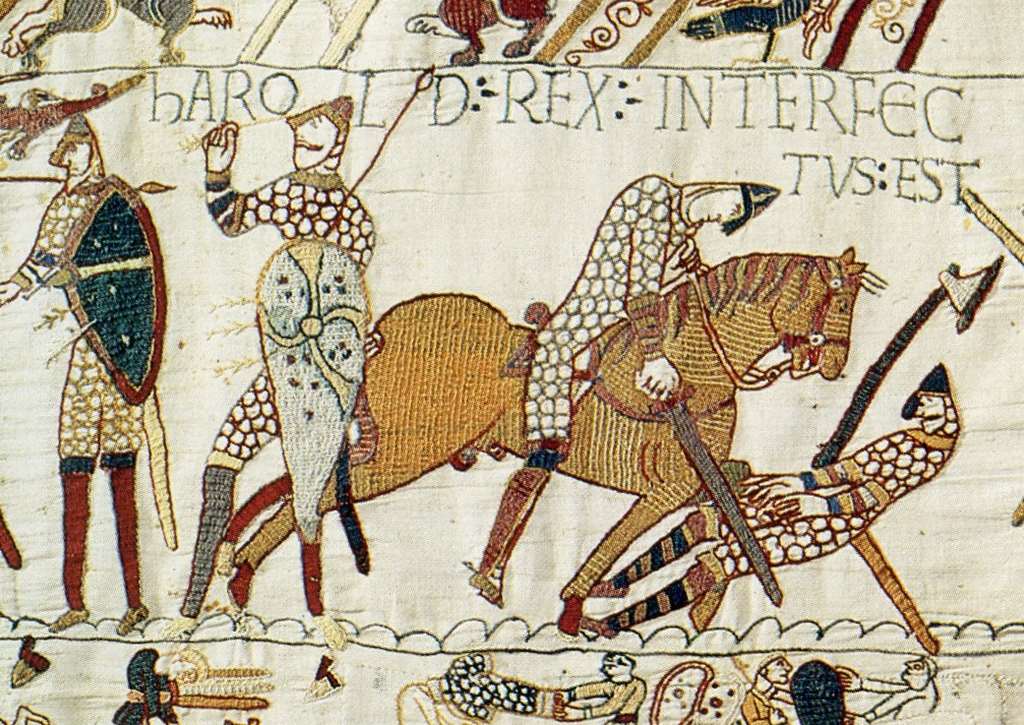
1071
William the Conqueror founds Battle Abbey on the spot where Harold was killed.

1077
William marches north and crushes resistance to his rule there.
1086
William has a survey taken about the places in England and the people who own them, it is known as Domesday Book.
1087
William dies and is succeeded by his son William II.
1132
Rievaulx Abbey is founded in Yorkshire. Over time, it becomes one of the greatest Cistercian abbeys in Europe.
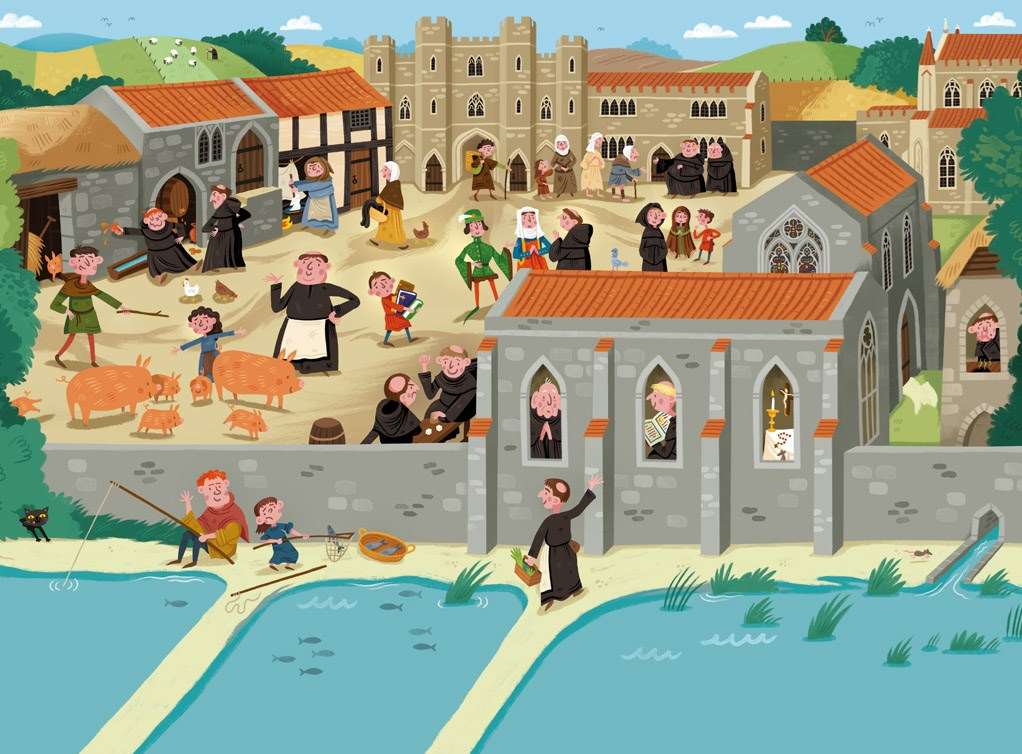
1135
Henry I dies. The throne is seized by King Stephen. Civil war breaks out between his supporters and those of Henry’s daughter Matilda.
1174
Matilda’s son King Henry II becomes the first king of the Angevin dynasty. He built an empire stretching from Scotland to the Pyranees in France, and spent money building and improving castles, including the Great Tower at Dover Castle.
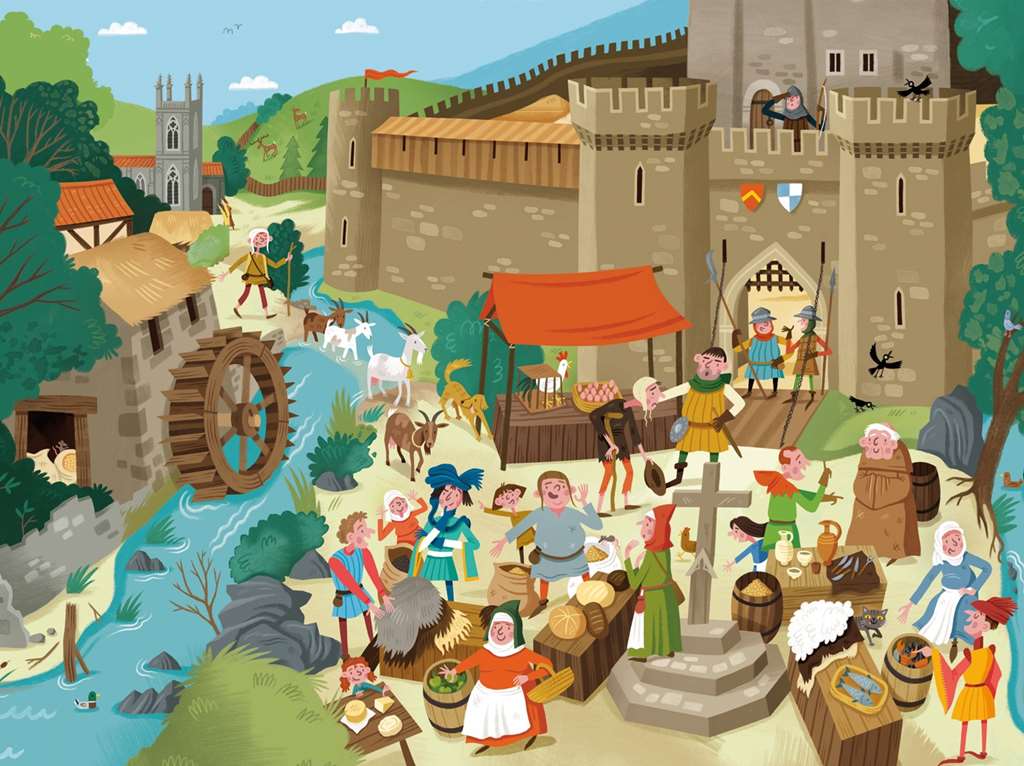
1189
Henry II dies and is succeeded by his son Richard I the Lionheart.
1199
Richard the Lionheart dies and is succeeded by his brother King John.
1215
King John’s harsh government causes a rebellion, and he is forced to agree to the Magna Carta, which limits his power.
1263-7
Simon de Montfort leads a rebellion against King Henry III. In 1266, Henry III’s army besieges Simon de Montfort’s followers at Kenilworth Castle - the longest siege in English medieval history. The rebellion ends in 1267.
1277
Edward I invades north Wales, to impose English rule.
1314
Edward II’s army is defeated by the Scots in the Battle of Bannockburn, ending the English bid to control Scotland.
1348
The Black Death arrives in England, killing between 30%-60% of the population.
1455
The Wars of the Roses begin. These are a series of civil conflicts between the aristocratic families of Lancaster and York, who both want to rule England.
1485The Tudors
The Wars of the Roses end when Henry VI defeats Richard III at the Battle of Bosworth and is crowned the first Tudor king.
1509The Tudors
Henry VIII is crowned king. He soon marries Catherine of Aragon.
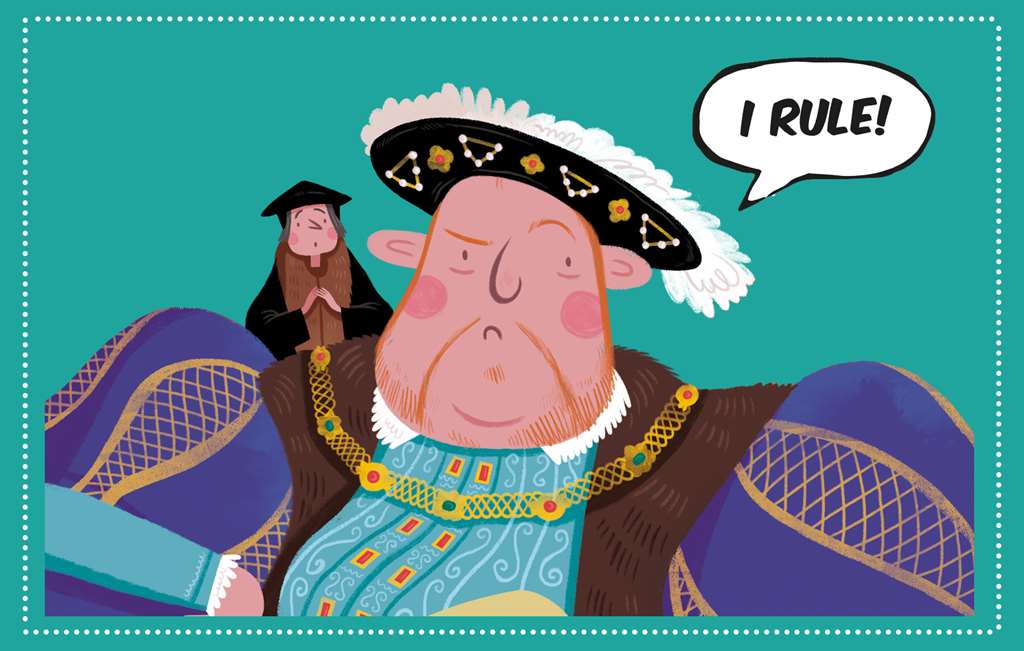
1533
Catherine of Aragon and Henry VIII don't have a living son, so Henry asks the Pope for a divorce so he can marry Anne Boleyn.
1534
The Pope’s Roman Catholic Church won’t grant him a divorce, so Henry VIII forms his own Church of England.
April 1536
Henry VIII begins closing hundreds of religious houses and seizes their land and wealth. This is now known as the Dissolution of the Monasteries.
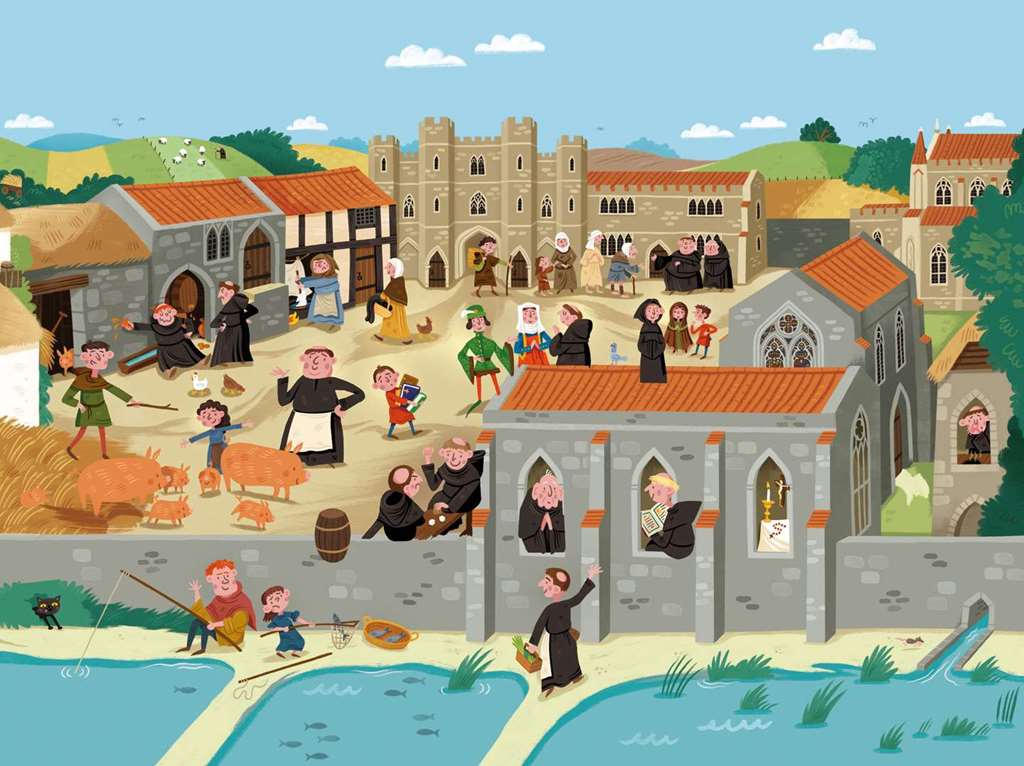
May 1536
Henry VIII executes Anne Boleyn and marries Jane Seymour. She gives birth to a son, Edward, a year later.
1540
England's last monasteries are closed.
1547
Three wives later, Henry VIII dies and the nine-year-old Edward becomes king. He promotes Protestantism.
1553
Edward VI dies. His cousin Lady Jane Grey lasts only nine days as queen before Edward’s half-sister, Mary I, becomes the first woman to successfully claim the throne. She restores Catholicism in England and some Protestants are burnt at the stake.
1558
Mary I dies. Her half-sister Elizabeth I becomes the new queen, reinstating Protestantism and later executing some Catholics.

1603The Stuarts
Elizabeth I dies without having any children, so the crown goes to the Scottish James I, the first of the Stuart kings.

1605
The Gunpowder Plot to blow up the House of Lords is foiled, preventing the assassination of the king and many leading nobles.
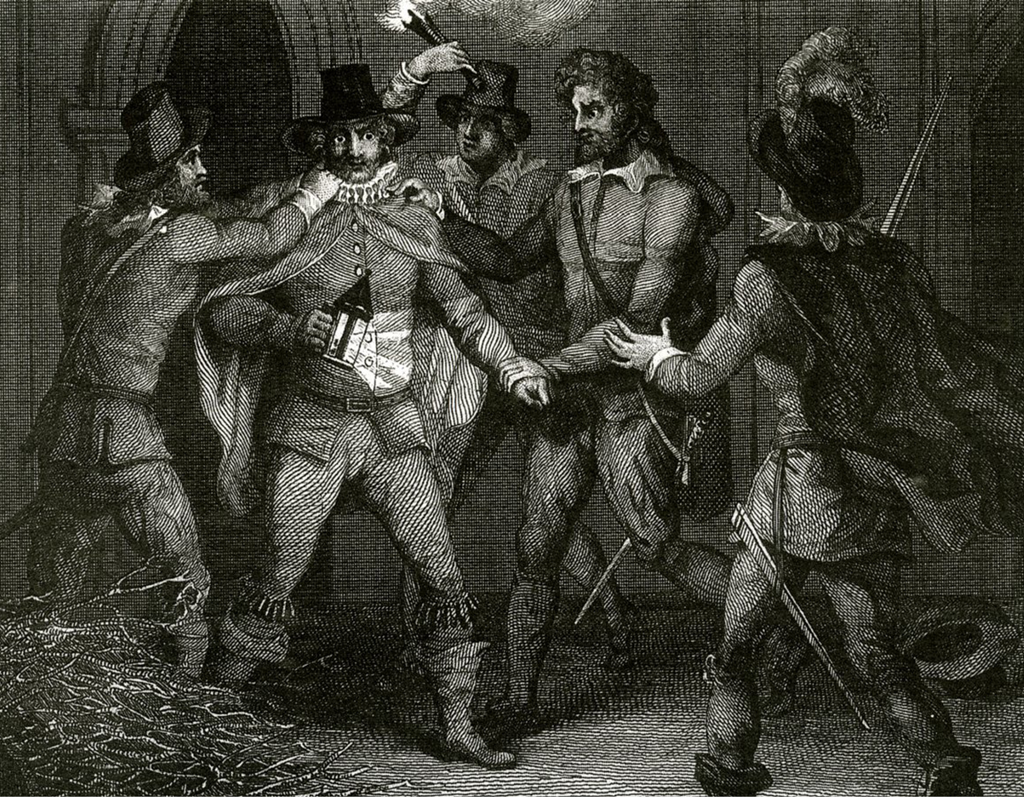
1625
The crown passes to Charles I. His reign is filled with religious and political disagreements between Charles and his parliament.
1642
The English Civil War begins, which sees Parliamentarians and Royalists fight for control of the country.
1649
Charles I is executed, and England has no king or queen for the first time in over 800 years. Oliver Cromwell and parliament rule England.
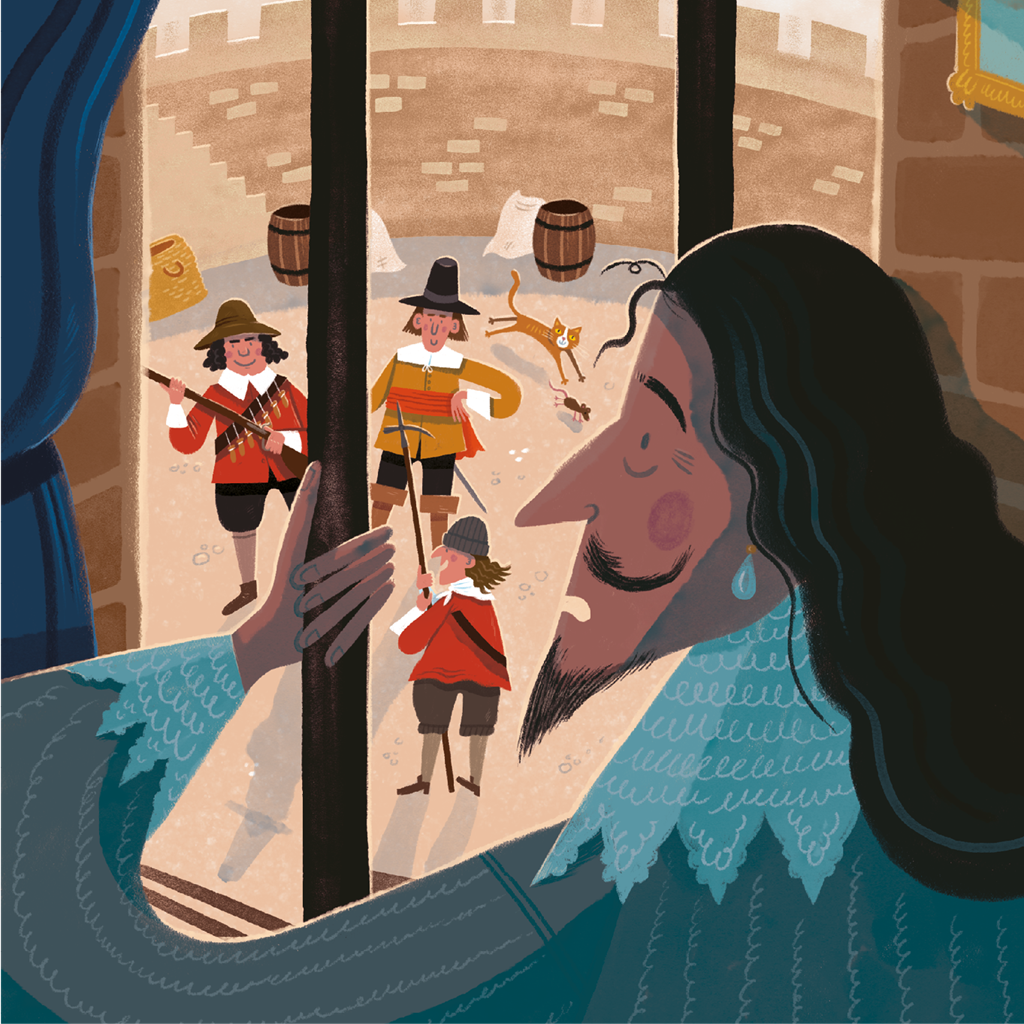
1660
Charles II, who had avoided capture by hiding in a tree near Boscobel House, returns from France to become king.
1665
London is hit by an outbreak of the plague, and many thousands of people die.
1666
A fire in a bakery spreads and destroys a large part of the city in The Great Fire of London.
1688
The Catholic James II is overthrown. His daughter, Mary and her husband William are invited to take the throne.
1707
England and Scotland are joined together to form the Kingdom of Great Britain.
1714The Georgians
George I, who was born in Germany, becomes the first king from the House of Hanover.
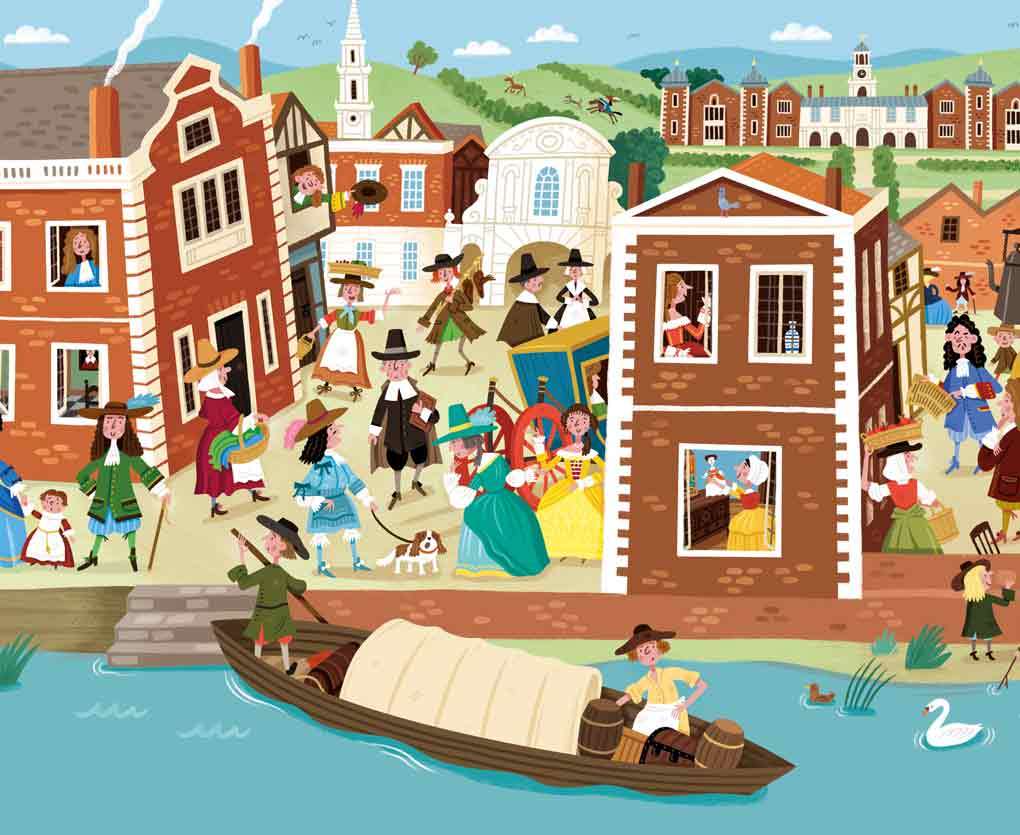
1721
Robert Walpole becomes the first proper British Prime Minister. He later lives in 10 Downing Street.
1745-46
The Jacobite Rising attempts but fails to replace George II with Bonnie Prince Charlie, who escapes to France.
1756-63
The Seven Years War. Britain is at war with France, and defeats French forces in Canada.
1764
A new machine for making cloth, the spinning jenny, helps drive the Industrial Revolution.
1768
Captain James Cook sets out on a voyage where he discovers new lands in the Pacific Ocean.
1793
The revolutionary government in France declares war on Britain. Britain is at war with France until 1802, from 1803 until 1814, and again in 1815.
1811-16
Fearing that new technology is taking their jobs, workers known as ‘Luddites’ revolt and break machinery.
1811-20
The Prince Regent rules in place of his ill father George III for nine years, during what is known as the Regency.
1815
Forces led by the Duke of Wellington defeat Napoleon and the French at the Battle of Waterloo.
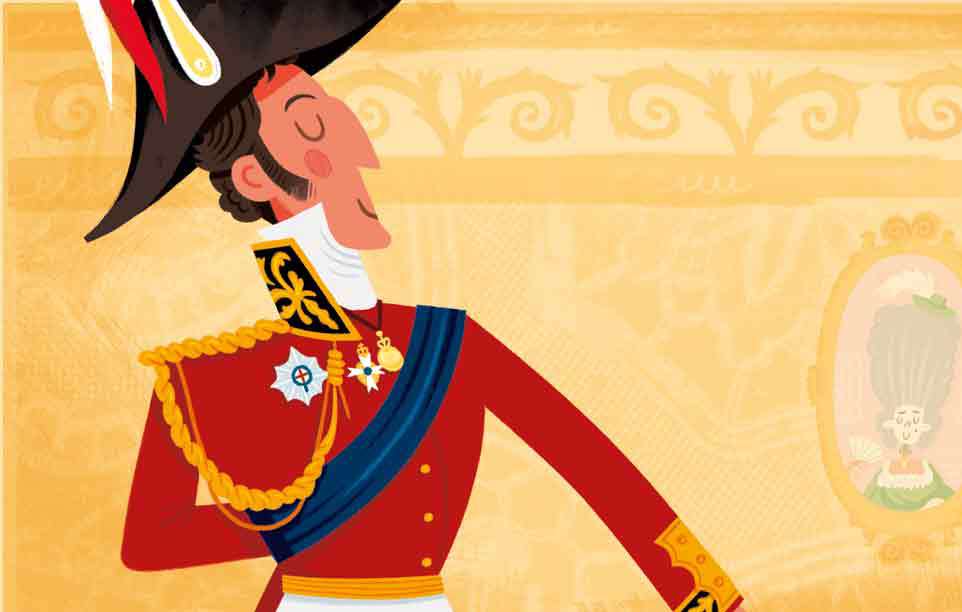
1816
George Stephenson invents a powerful kind of steam locomotive that runs on tracks – the first train.
1832
The Great Reform Act is passed, giving more people the vote, and giving seats in Parliament to many more towns and cities
1834
Slavery is abolished throughout the British Empire, freeing more than 800,000 slaves – but their former owners receive generous compensation.
1837The Victorians
The Georgian era ends when William IV dies. He is succeeded by Victoria, who becomes queen at 18. She gives birth to the first of her and Albert’s nine children in 1840.
1838
The steam-powered ship SS Great Western, designed by the engineer Isambard Kingdom Brunel, crosses the Atlantic in record time.
1839
Charles Dickens’ book Oliver Twist, is published, telling the story of a poor orphaned London boy.
1851
The Great Exhibition opens in Hyde Park - a huge display of manufactured goods from all parts of the world. It is open from 1 May to 15 October, during which time, seven million people come to visit it.
1859
Charles Darwin’s book On the Origin of Species is published, revealing his theory of evolution.
1860
Nurse Florence Nightingale lays the foundations for modern nursing at her school at St Thomas’s Hospital. She and Mary Seacole provided vital care to wounded soldiers during the Crimean War (1853-6)
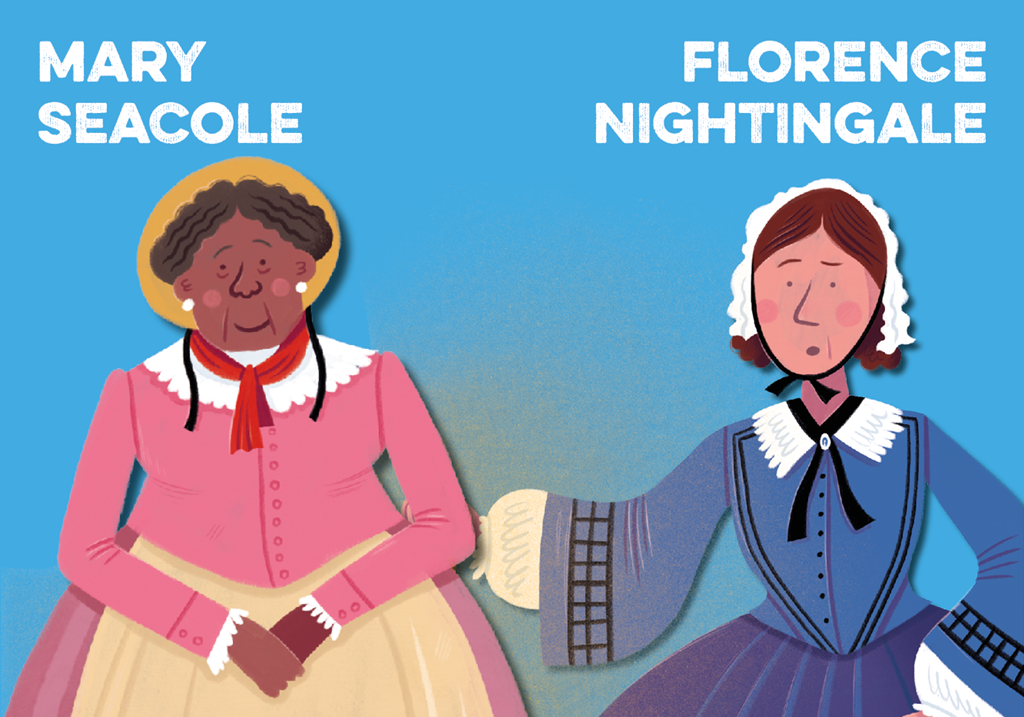
1867
Joseph Lister details how antiseptic can be used to treat wounds.
1876
Queen Victoria is given the title Empress of India after it formally became part of the British Empire in 1858.
1878
Cragside in Northumberland is the first house to be lit by electricity after Joseph Swan fits arc lamps.
1880
The Elementary Education Act is passed into law and all children under ten must be now be educated.
1901The Edwardians
Queen Victoria dies, ending the Victorian era. Her oldest son, the Prince of Wales, is crowned as King Edward VII.

1912
The Titanic, the largest and most opulent ocean liner in the world, hits an iceberg and sinks on her maiden voyage from Southampton to New York. 705 people are rescued but over 1,500 people die.
1914-18
The First World War begins in 1914. Around 16 million people die as a result of the war.
1918-19
The Spanish flu spreads throughout the globe, killing at least 20 million people, the deadliest pandemic since the Black Death.
1922
Howard Carter discovers Tutankhamun’s tomb in the Valley of the Kings in Egypt, sparking a craze for Egyptology.
1936
Edward VIII becomes king, but he abdicates, handing the throne to his younger brother, George VI.
1939-45
The Second World War begins in 1939. The war lasts for six years, during which 60 million people die.
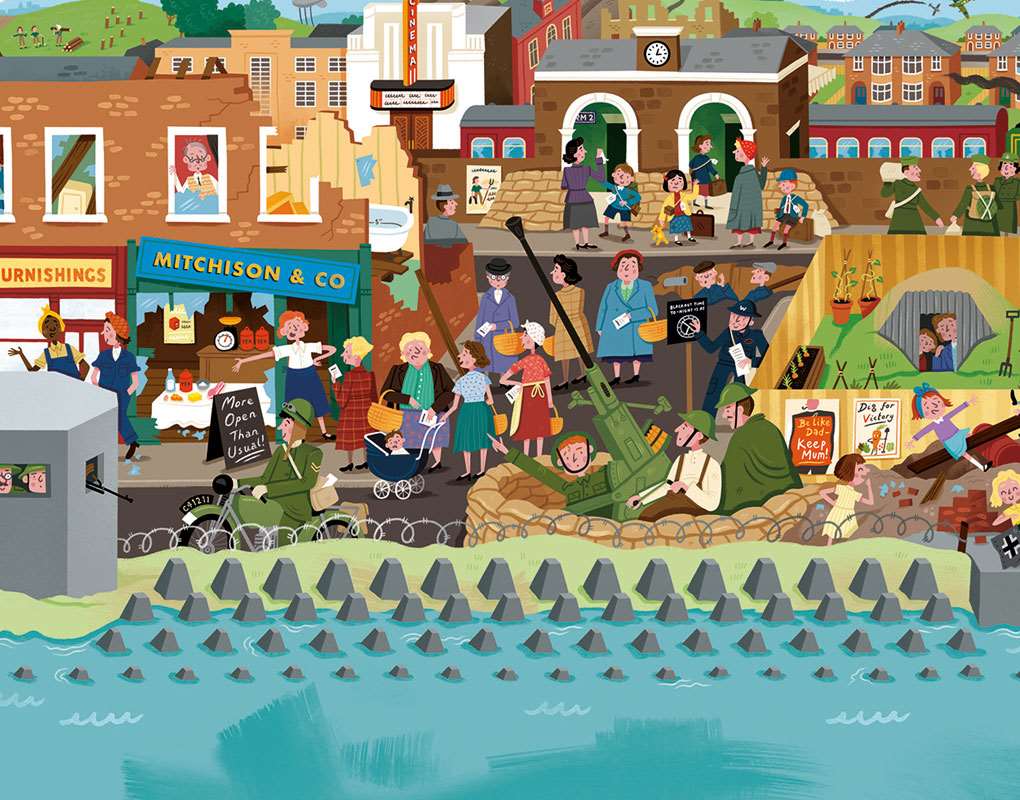
May and June 1940
Operation dynamo was co-ordinated from Dover Castle by Vice Admiral Sir Bertram Ramsay and his team. It saw the rescue of 338,226 troops from Dunkirk beach and was a key moment for Britain in the Second World War.
1943
Alan Turing and Tommy Flowers build the Colossus - the world’s first programmable electronic computer - at Bletchley Park, to help decode German secret wartime messages.
1945
Clement Attlee’s Labour Party win a general election, after promising to build a welfare state and a more equal society.
1947
Britain’s Indian Empire becomes independent, forming the modern nations of India, Pakistan, Burma and Sri Lanka, and later Bangladesh.
1948
Aneurin Bevan, Health Secretary in the Labour government, launches the National Health Service, to provide health care for everyone in Britain.
1952
Elizabeth II becomes queen. Households across the country watch her coronation on television and celebrate with street parties.
1963
Liverpool band The Beatles become famous, inspiring millions of fans in Britain and around the world - the birth of pop culture.
1971
Decimalised currency (pounds and pence) replaces pounds, shillings and pence.
1973
Britain joins the European Economic Community (later known as the European Union).
1975
The government holds a referendum to ask the British people if they want to stay in the EEC: over 67% vote to stay in.
1989
Sir Tim Berners-Lee invents the World Wide Web, heralding the beginning of the information age.
1994
The Channel Tunnel linking London and Paris is officially opened – the first land link between Britain and Europe since the last Ice Age.
Explore by historical period
-
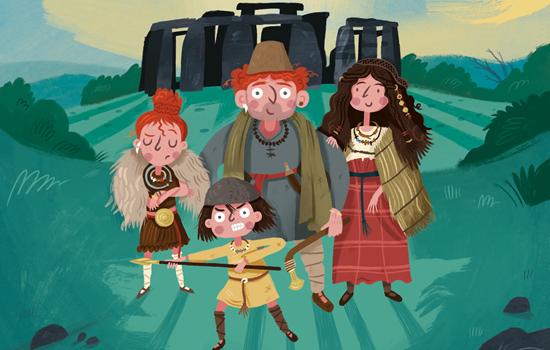
Prehistory (Up to AD 50)
-
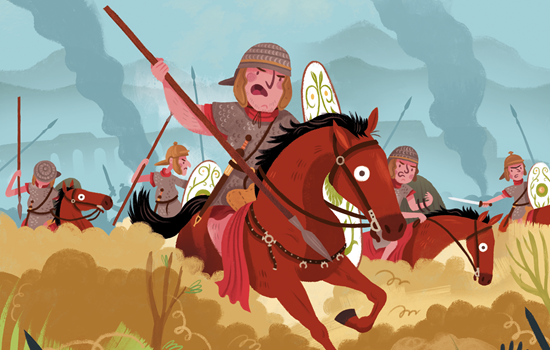
The Romans (AD 43 - AD 410)
-
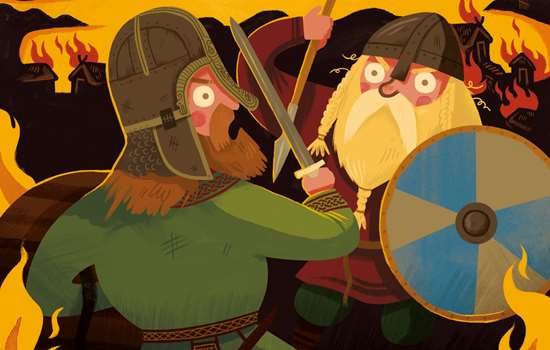
The Anglo-Saxons and Vikings (AD 410 - 1066)
-
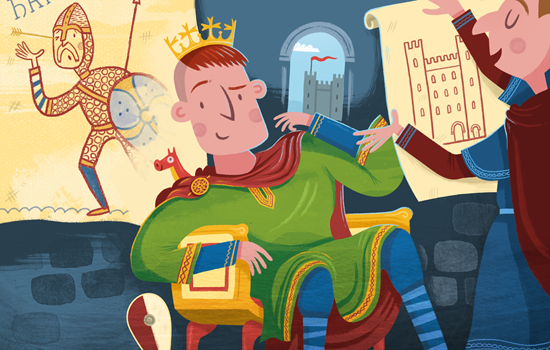
The Norman Conquest
-
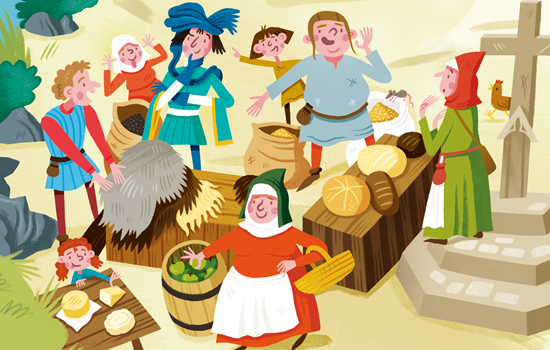
Medieval England (1066 - 1485)
-

The Tudors (1485 - 1603)
-
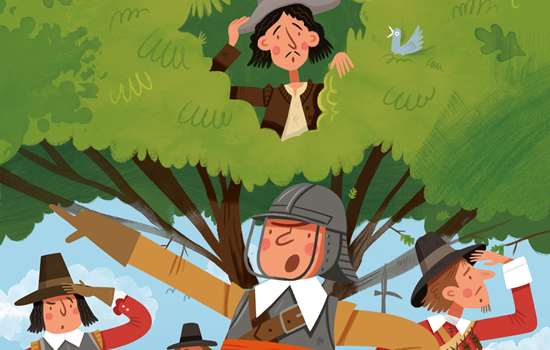
The Stuarts and the English Civil Wars (1603 - 1714)
-
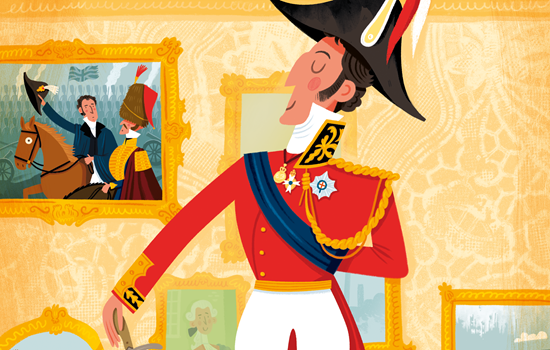
The Georgians (1714 - 1837)
-

The Victorians (1837 - 1901)
-
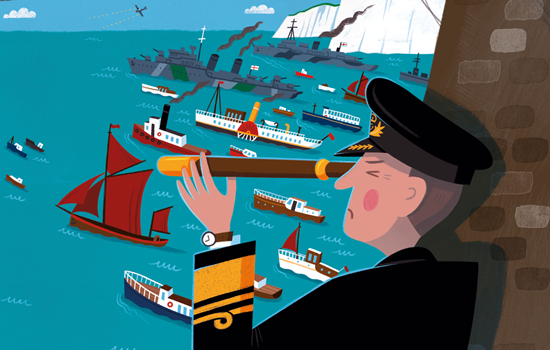
The World Wars (1914-18), (1939-45)

